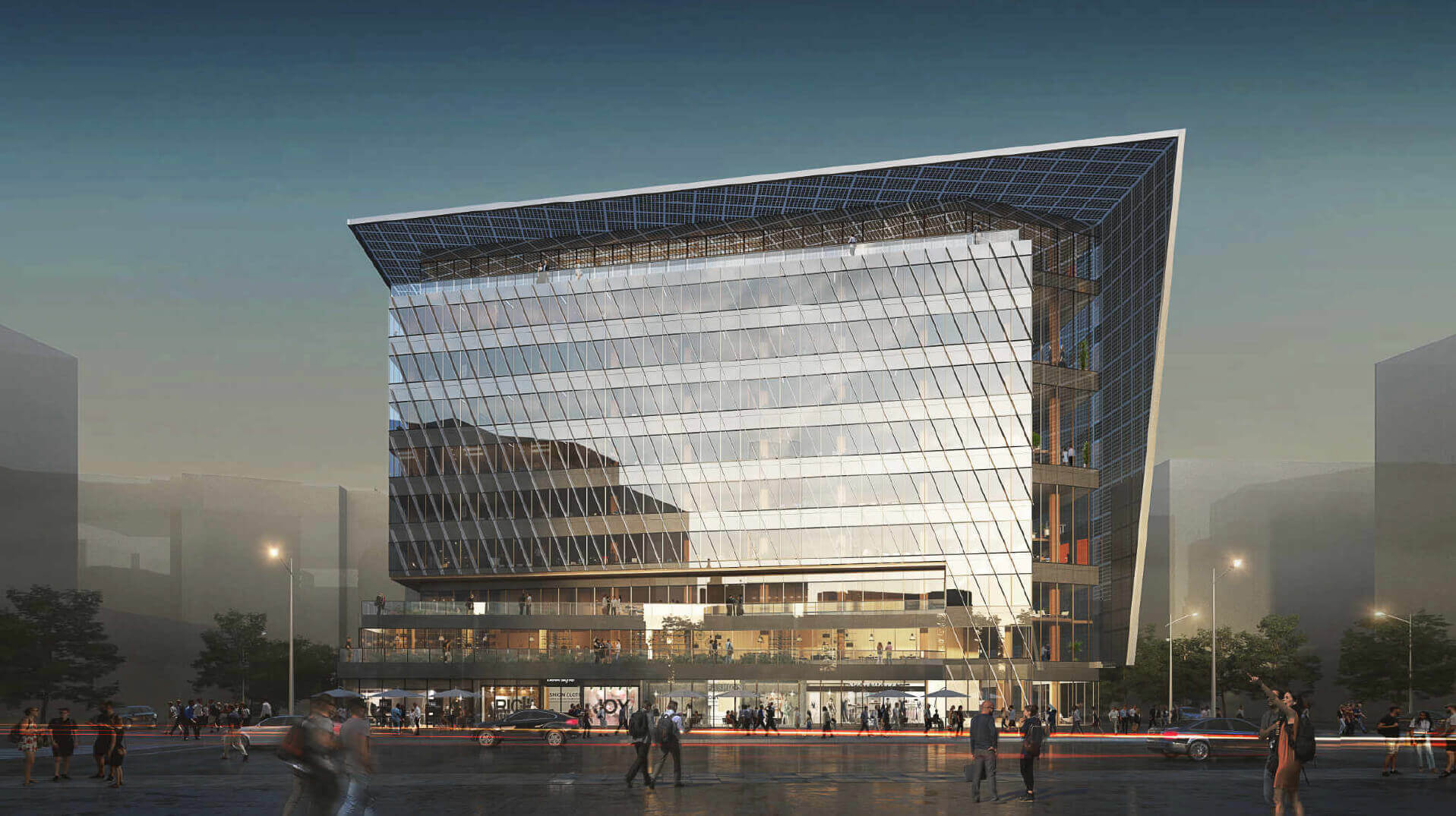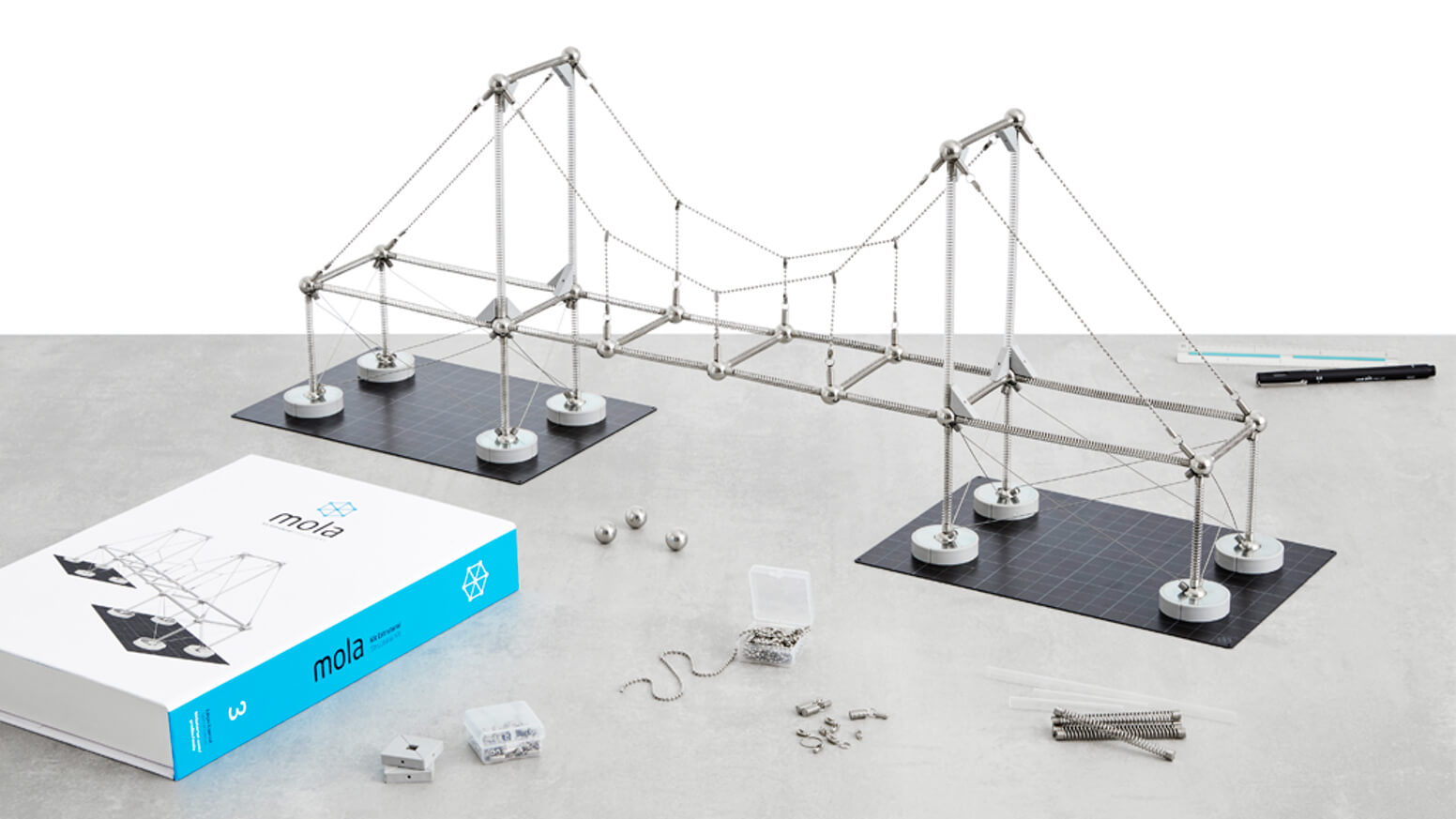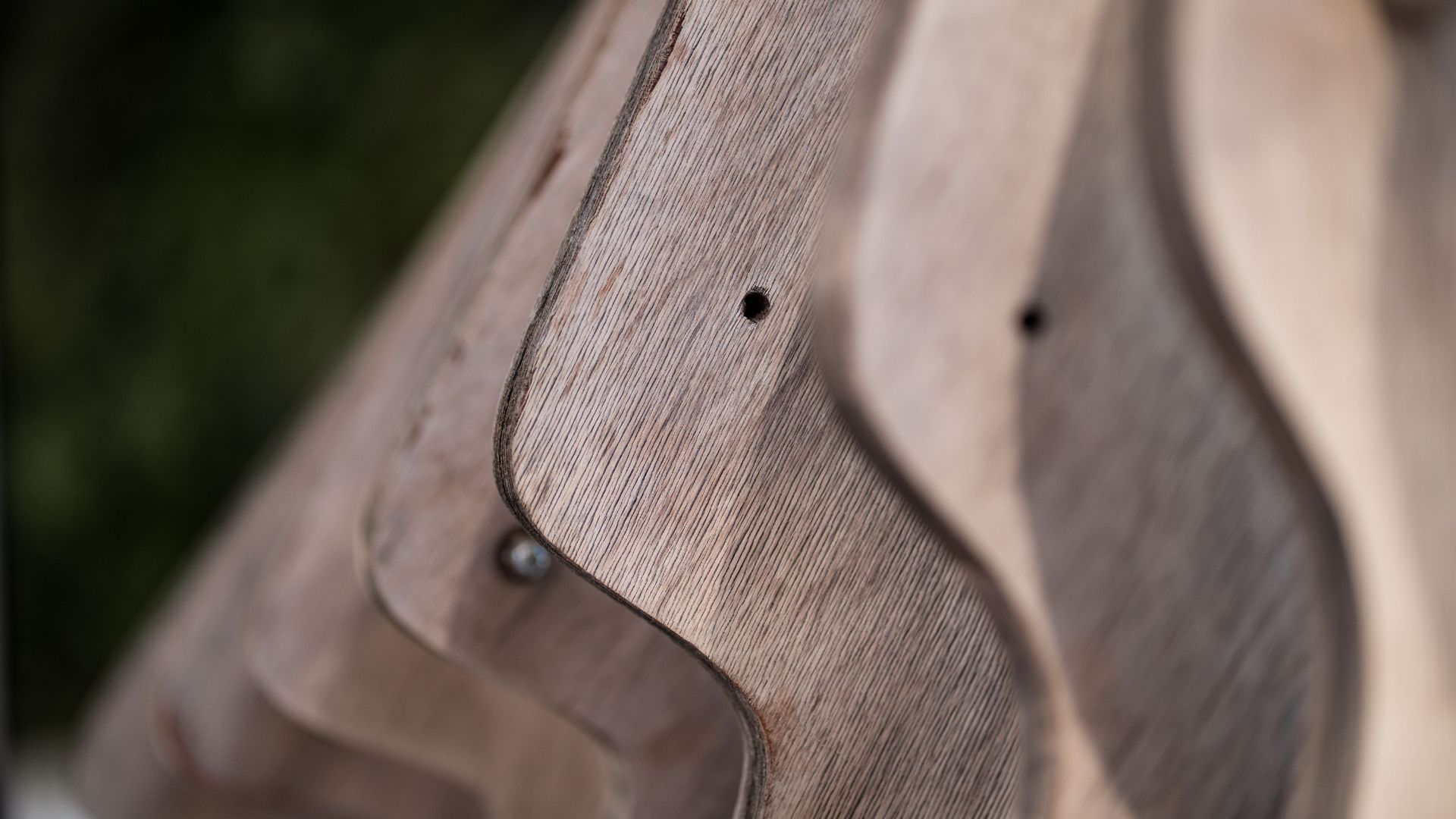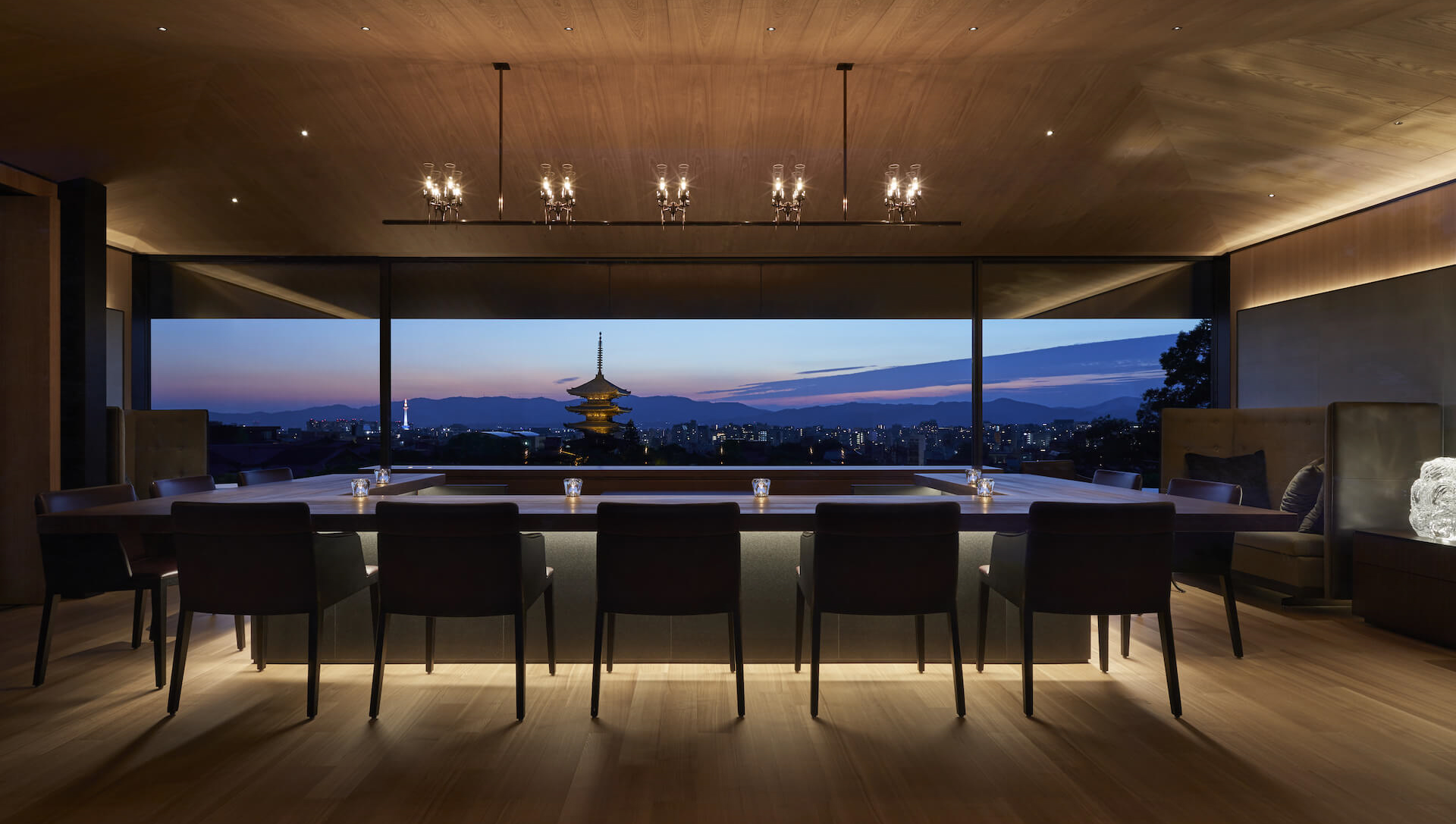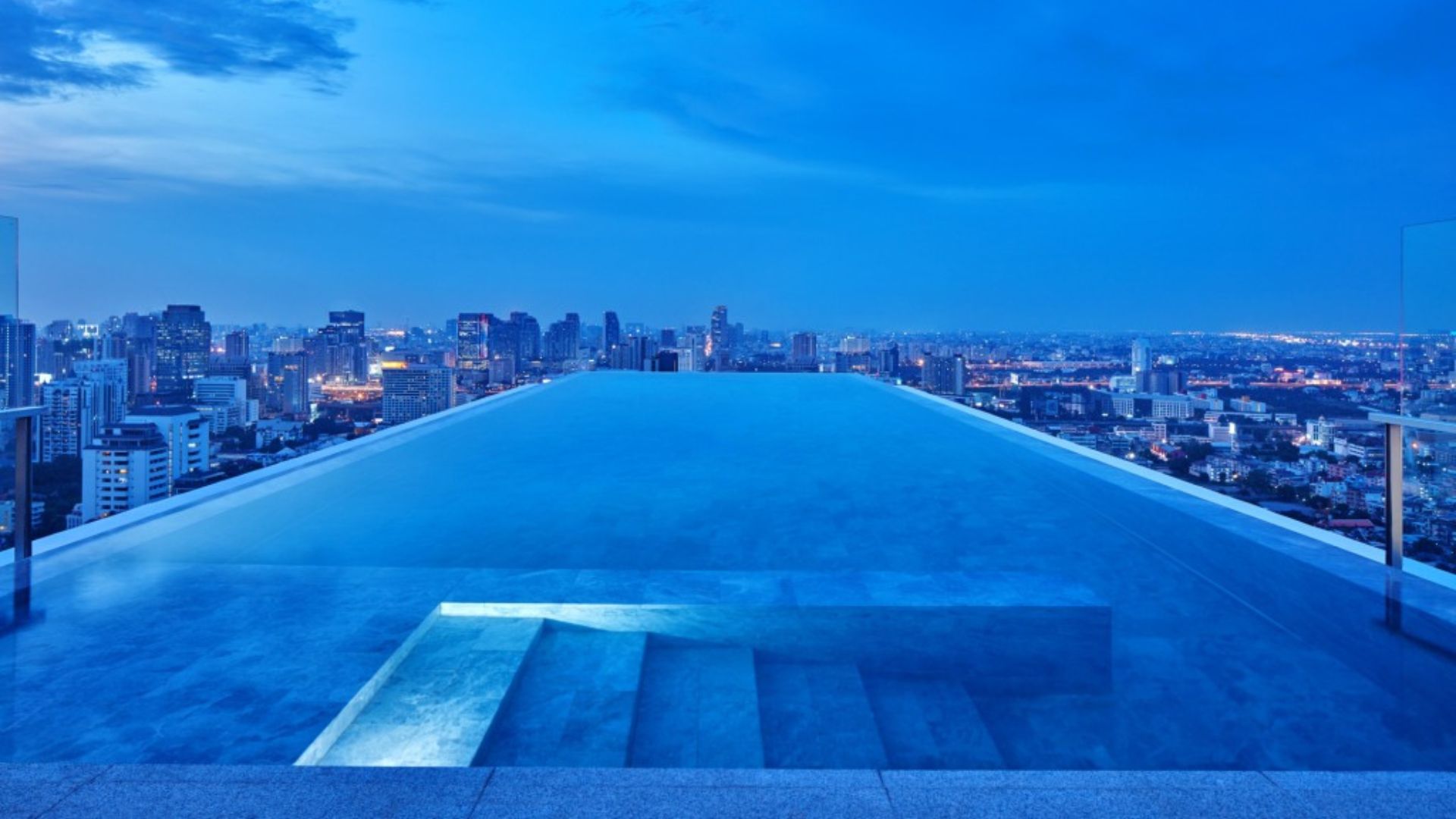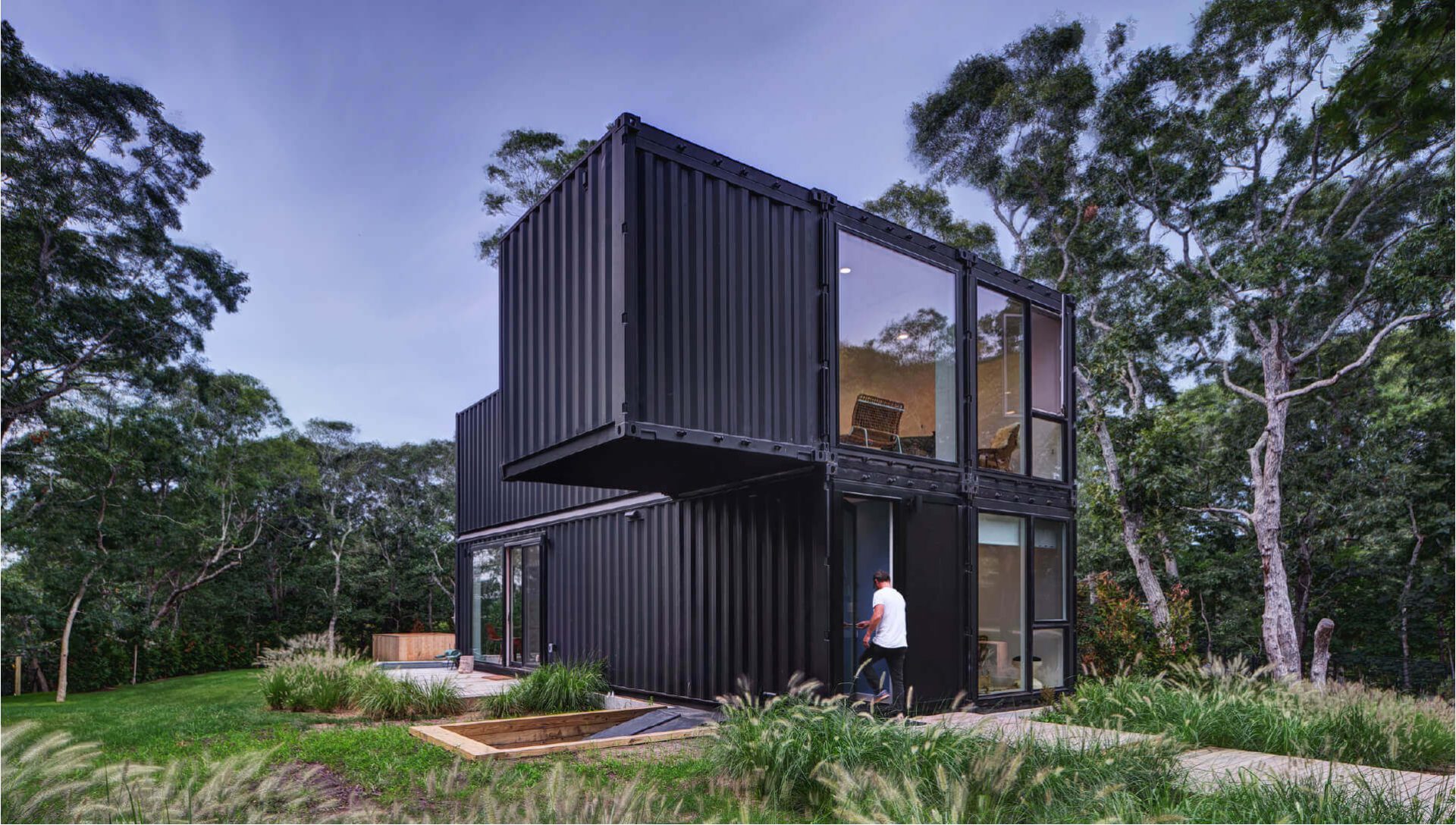Mobility through the eyes of the Foresight Team at global firm Arup
Arup’s Foresight Team steps into the future and envisions a holistic mobility system that adds to the quality of everyday life

When it comes to mobility, the need to pre-empt and plan for the future is essential and foresight becomes the greatest tool of all. It takes for companies like Arup and its Foresight Team, to help us plan and understand what might lie ahead. Lead by Gereon Uerz in Europe, Arup’s Foresight Team constantly explores, understands, and identifies all the challenges that lie beyond the five- or even ten-year horizon.
As cities grow, develop, and evolve, having long-term plans for their progression has become an inevitable requirement for everyone, especially for city planners. Anticipating scenarios, problems, and concepts means that they are prepared for what the future might bring and that the development of a well-informed long-term understanding of evolving systems within a city can be achieved.
Their envision of the future helps recognize change, identify emerging opportunities, and future-proof complicated systems such as transportation.
Their work constantly answers complex questions such as: What would future mobility be like in a city? How would technologies disrupt and change transportation? And how could we plan for changing social behavior and norms that would affect travel demand and preferred travel modes?
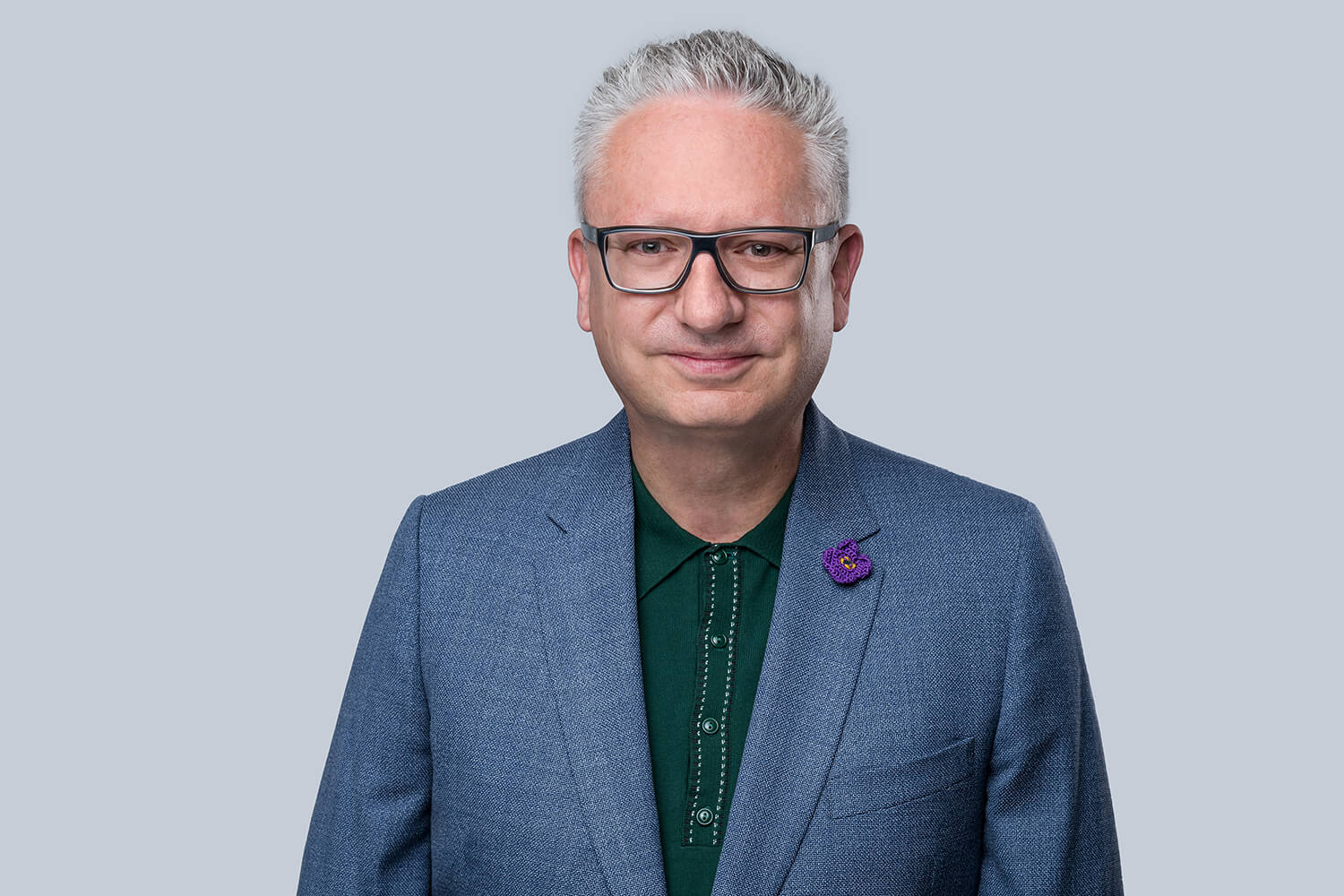
In a hunt for some answers to these questions, DesignWanted interviewed Gereon Uerz and learned more about Arup’s Foresight Team, their concept “Foresight by Design” and of course, the future of mobility.
Who is Gereon Uerz? How did your journey into Arup and design come to be?
Gereon Uerz:
“I lead Arup’s Foresight team in Europe. A sociologist by training, I have worked as a project director at Volkswagen Research, a foresight consultant at Z_punkt and as a senior researcher and lecturer at Freiburg University’s Institute of Sociology – my focus at Arup is on helping our clients to actively shape their business by defining a strong vision of the future.”
You are a sociologist by training and have a great amount of experience in research and foresight, what moved you to focus on the analysis of future trends and creation of visions and strategies?
Gereon Uerz:
“During the 90s, which some people describe as the first ‘decade of the brain’, I did a Masters in Linguistics with a focus on neurolinguistics to explore the brain-thought-language connection. I attended some post-graduate seminars by the late Josef Weizenbaum, one of the forefathers of Artificial Intelligence, which prompted a growing interest in Artificial Intelligence and Transhumanism.
I started asking myself how and why do people like Hans Moravec, Marvin Minsky or Ray Kurzweil (years before he founded Singularity University, and years before he joined Google as CTO) come to dream about a future without humans?
This helped me focus on understanding the histories of “Futures Research”, its current forms, and the most relevant trends from that time on. After leaving academia, I was keen to do some hands-on work as a foresight professional: beyond just researching, I was keen to shape the future with others, especially corporate partners looking to understand what lies ahead.

My ultimate goal is to create global awareness that our collective decisions actively shape our future, and therefore we need to be very conscious in the decisions we make: they all have consequences on what our world will look like in the future.
Arup is a fantastic environment for this work: as well as being innovative and forward-looking, it also has deeply rooted values; and I am incredibly proud of the work we do with our clients and partners towards shaping a better world.”
The Arup Foresight team developed the concept of ‘foresight by design’, which uses innovative design tools and techniques to bring new ideas to life. How is this concept applied to some of the most difficult sectors, such as urban planning and mobility?
Gereon Uerz:
“Arup’s Foresight team works with our partners and clients to be explorative and to think holistically, taking a systemic approach. Arup is a leading built environment consultant, with excellent technical expertise, but we don’t want to just focus on solutions merely because they are possible or doable.
Our concept of Foresight by Design means that we work with clients looking to explore all potential options to their challenges, to understand which solution delivers the highest total value for all stakeholders.
This is a complex design approach, especially on the mobility systems scale or at the city level. On a practical level, it means that the design of a museum, a street, or a train station needs to be built around the desired outcome, the things that you want to facilitate, encourage and achieve.
To help us define this future outcome and explore several potential alternative outcomes, is an act of “foresight”.”
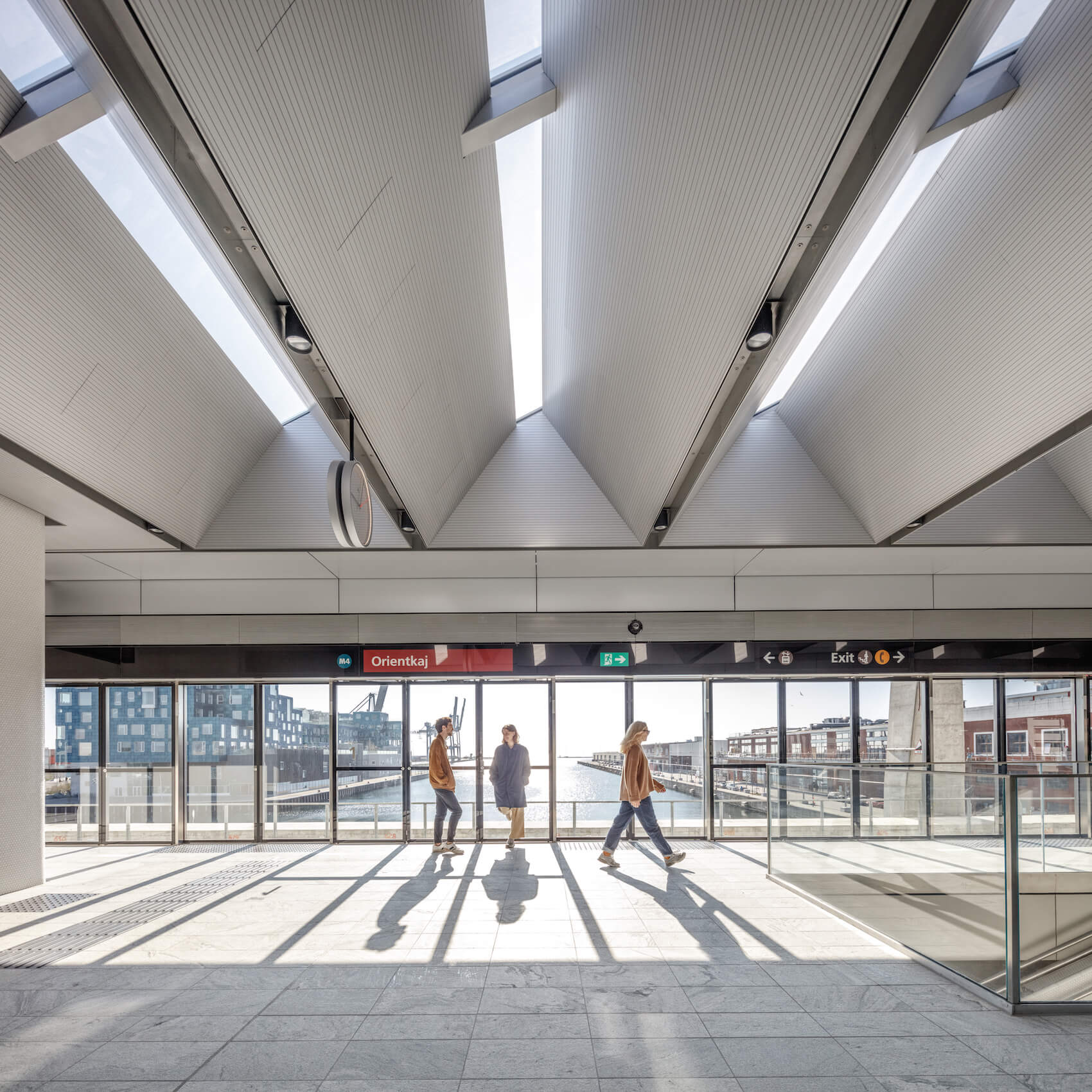
The COVID pandemic has transformed the world we live in, so most of our clients and partners are trying to understand the shape of the new world we face, so we are currently working with clients to map out different business recovery scenarios.
Our latest post-COVID business recovery report considers the implications of the ongoing public policy response through a scenario-based approach. As you can imagine, the scenarios presented are a subjective – yet insight-driven – view of four possible futures that Arup has identified as both plausible and consistent with our current understanding of the nature of the pandemic and the likely impacts on our economies.
One can, in a sense, argue that we get the future that we deserve, the design that we deserve – as these are all products of our actions. What Arup’s Foresight team does is help clients and partners imagine potential outcomes as early as possible, before getting to the design phase.
When it comes to urban planning, you can see this at play in the work we’re doing for Heidelberg University’s In Neuenhemer Feld campus: the city of Heidelberg was facing an increasingly common challenge for today’s densifying cities: how to plan for future campus growth when land availability is scarce?
To develop the area as a sustainable, future-proof science district integrated within the city, we have brought together a range of stakeholders including the city and the university, several ministries as well as residents, to champion a collaborative masterplan.”

The operation and organization of mobility can greatly impact not only the economic activity and environmental aspects of a city, but also the overall quality of life. How does the Arup Foresight team approach urban mobility? What is needed to make it smart, sustainable, and positive for a city and its inhabitants?
Gereon Uerz:
“We understand mobility as a means to an end, as an enabler that facilitates connectivity between people and enables economic inclusion, among others. Mobility is also a necessity: we cannot imagine economic globalization happening without the need to move people and goods – and the COVID pandemic has clearly highlighted both the importance and the fragility of our global supply chains.
Arup helps clients solve technical and design challenges related to urban mobility systems, ranging from the highest level of holistic spatial planning, all the way down to how you deliver green electricity to a charging station in one corner of Manhattan.
Across the firm, we are taking a long-term view to help clients look for ways to transition our current urban mobility systems towards net-zero everything. While a ‘zero energy’ or ‘zero carbon’ mobility system is hard to imagine, can we design a mobility system with ‘zero exclusion’ that caters to the needs of everyone – the very young, the very old, the marginalized, and economic disadvantaged?
We also can imagine a ‘zero accident’ and ‘zero fatalities’ mobility system and we see a lot of organizations already working towards that across the globe. When it comes to urban mobility more specifically, we are thinking of a holistic mobility system that adds to the quality of everyday life.
For instance, we like to highlight the benefits and co-benefits of active travel, in particular, walking and cycling as a mode of transport.

We also think that the backbone of future urban mobility needs to be public transport. In order to decarbonize our transport system and in order to free up the public space now dedicated to parking and motorized individual transport, we need highly effective public transportation systems.
We are seeing that key nodes in the public transport system, especially train stations, are becoming ever more attractive places and destinations in the urban realm. Beyond their primary function as intermodal hubs, train stations play an increasing role for retail, services, co-working, and consolidation centers for freight.
We are involved in the largest civil engineering project in the Netherlands to date, with the Zuidasdok project, a complex urban and transport project that will transform Amsterdam’s Zuidas from a functional business area into a bustling, connected urban district.
A series of transport interventions will bridge the district, currently sectioned by the A10 ring road while creating an enlarged Zuid train and metro station underground to make space for large-scale residential and commercial developments above.
One of our recent transport projects that focus much on the user experience and the ‘joy of place’ is the recently opened Cityringen metro project in Copenhagen: it is a great example of how public transport systems need to be human-centered and designed to offer a seamless, very attractive travel experience if you want more people to use it.”

The current world situation was an unexpected reality that we are navigating with a high level of uncertainty as it has had a major impact on our lives and the way we move and transfer from one place to another. With regards to public transport, what are some of the changes that need to be made in order to make it appealing and safe again?
Gereon Uerz:
“In general, I think that the pandemic has been re-enforcing, catalyzing and accelerating already existing trends and development. Cities will have to change how they accommodate new trends in sustainable mobility and allocate road space accordingly.
Across many European cities, active transport has seen a massive uptick over recent years, forcing authorities to play catch-up. In Berlin, 15 kilometers of pop-up bike lanes have now been created along some of the most dangerous streets.
The advice given in almost all countries over recent months has been to avoid public transport, and we’ve seen a massive drop in passenger numbers during COVID which means that many public transport operators may need to reconsider their business model.
In the medium to long term, I think that increasing the frequency of public transport may allow for fewer passengers in each carriage, which might also be important.
Digital tools will also play an incredibly important role as we move towards the ‘new normal’: Arup has developed a fast-non-invasive AI tool that can detect high body temperatures, deployed as an early checkpoint, the thermal imaging tool can help screen passengers looking to use public transport, or those returning to the office.
Wayfinding, signage, ease of use, reliability, and ‘on-demand’ services are amongst the other key issues that public transport providers will have to address in the medium term to win back lost passengers. Orchestrated MaaS offerings and apps with great user experience, like Jelbi in Berlin or Whim in Helsinki, are showing us the way forward.”
As Foresight Leader, you are actively shaping the future of clients and have to be one step ahead and ‘living in the future’ in order to conceive the best strategies and solutions. How do you foresee the mobility sector in the future? What do you think would be the future trends?
Gereon Uerz:
“We are currently in a transitional phase in mobility, moving away from individual motorized transport towards a mobility system with user-related services, driven by a general trend towards a service economy.
We’ve been seeing a worldwide explosion of mobility systems covering all transport modes under the Mobility as a Service umbrella, in which individual transport and one’s own car are one component but no longer the main focus.
I think, and hope, that our mobility behavior will change fundamentally. There has been a global awakening, a realization that perhaps we don’t all need to commute into the office daily, or travel for business nearly as much.
When it comes to resource consumption and climate change, this might be a good thing. Arup will continue to work with cities, businesses, office owners, and with the wider mobility industry, whether you’re looking at rail, road or air travel, to map out ways to adapt and create more resilient operations and business models.”

What is next for Arup and the Foresight team?
Gereon Uerz:
“Focused on the here and now, we have just unveiled the architectural design for the newest metro stations in Copenhagen as part of the Nordhavn metro line in the docklands, including the elevated station at Orientkaj and the underground Nordhavn stop.
As part of a wider push to reimagine the future of mobility, Arup’s Foresight team has also been very active in the Hyperloop One consortium, together with our partners AECOM and BIG. There are a lot of things to consider in this concept but exploring the options and working on the challenges is always fun.
In the shorter term, we are working alongside architect Max Schwitalla on some next-level mobility hubs in a greenfield district in Hamburg, as well as re-thinking the mobility concept for a new district in Wolfsburg, home of Volkswagen.”









